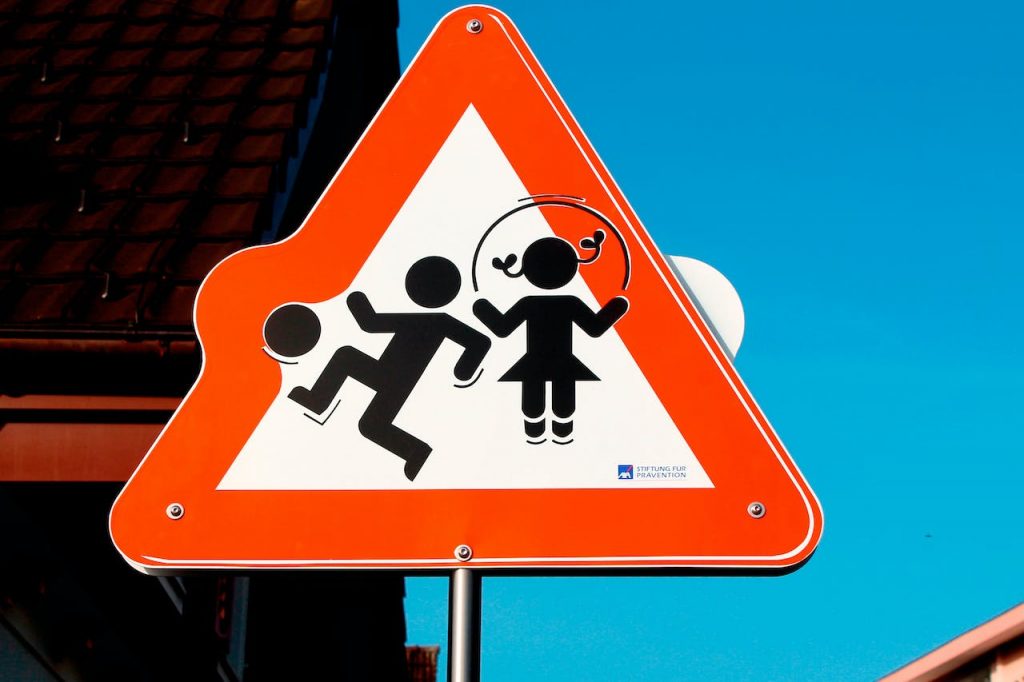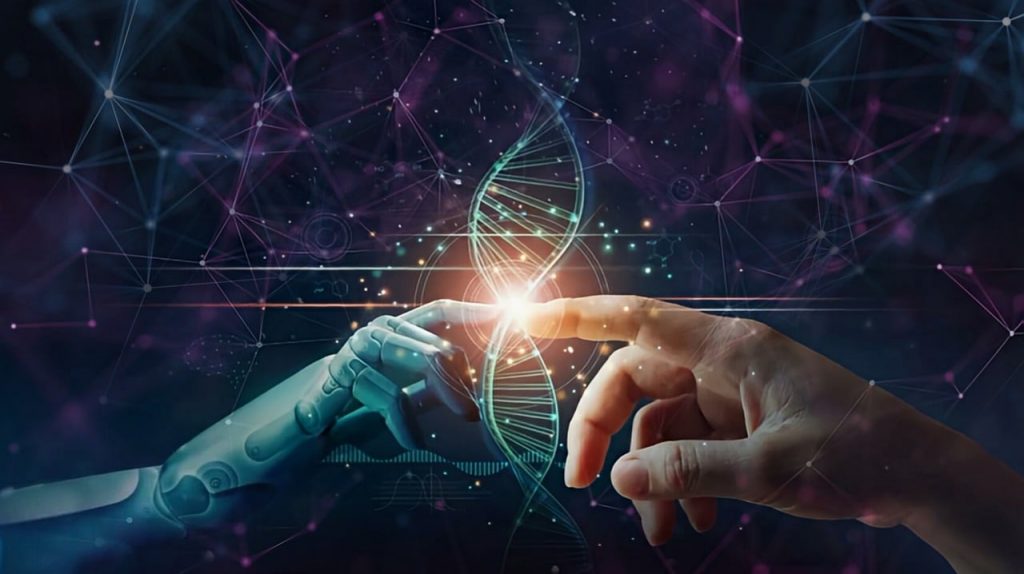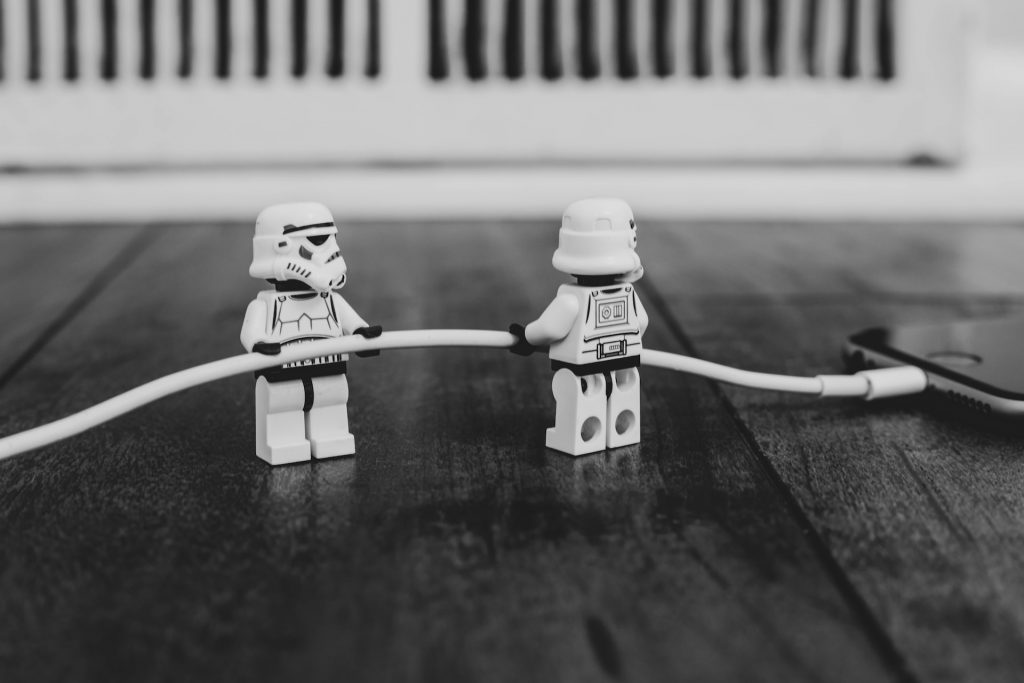or “Why Mandating a Return to the Office Destroys Safety”

GUEST POST from Robyn Bolton
In last week’s episode, we learned that psychological safety is more neuroscience than psychology and the huge role our nervous system plays in our experience of safety.
This week, we’re going deeper into our nervous system and how we can use our understanding of it to influence our psychology.
I’m sensing I can’t think my way to safety. So, can I fix my nervous system to feel safe and smart?
This is where I go beyond Dr. Amy Edmondson’s definition of psychological safety to incorporate neuroscience and how our nervous system works.
Our nervous system has three states:
- Immobilization or the freeze response, as you felt, is often accompanied by a sense of overwhelm
- Fight-and-flight when you try to either end the conversation or become more aggressive, resistant, and push back on exploring other alternatives.
- Rest-and-Digest when you feel safe, social, and connected to the people around you
This third state sets humans and mammals apart from other living things. Communicating and connecting serve as a survival mechanism and represent a safe state for our nervous system. When we communicate and connect, our tribe looks out for us and keeps us safe from threats like lions or unfriendly tribes.
So, the answer is to foster more profound connections among human beings, which requires going well beyond our work roles and activities.
Does it require hugging? I knew it would require hugging.
Don’t worry, hugging isn’t mandatory.
We, as individuals, have a strong desire to connect and communicate, but it doesn’t necessarily require physical proximity. Being physically together doesn’t guarantee anything.
But what about the push to return to the office? There’s even research to support executives’ claims that physical proximity is essential to culture, innovation, and connection.
Not only does physical proximity not guarantee anything, but being forced to return to the office causes more harm than good.
From a safety perspective, our nervous system doesn’t want to feel trapped. Being forced back to the office activates our flight-or-fight response and erodes safety. Because of how our nervous system perceives choices, the more choices people have, the safer they feel.
Even though I’m tempted to ask questions about building psychological safety at the team or company level, I want to stay on the individual level for a moment. We talked about how I wasn’t consciously unsafe during a phone call. How can I tell when I feel unsafe if I’m not conscious of it?
There’s physical science behind what happens when you feel unsafe. Your heart rate increases, you might hold your breath, and your body may tense up. Your thoughts might blank out, and your peripheral vision may narrow as your body prepares for fight or flight. Your body doesn’t differentiate; it treats any threat as a threatening event.
On the other hand, feeling safe doesn’t mean you lack emotions or feel calm. Feeling calm and internally relaxed signifies safety, but it’s more than that. When your nervous system is regulated, your emotions align with the situation. They’re not an extreme overreaction or underreaction. There’s congruence. If your emotional response matches the situation, your nervous system and brain feel safe.
That makes sense, but it’s not easy. We’re trained to hide our emotions and always appear calm. I can’t tell you how many times I’ve heard and said, “Be a duck. Calm on the surface and paddling like hell below it.”
And that is not congruent. But congruence doesn’t mean you act out like a toddler, either.
Step one in creating safety is calming your nervous system by verbalizing your feelings. If you say, “This conversation is overwhelming for me. I need a break. Let me get some water,” you’re safe and regulated at that moment. There’s nothing wrong.
But when you can’t verbalize what you’re experiencing and freeze, that’s a sign you’re no longer in a safe state. Your body starts pumping cortisol and adrenaline, preparing for whatever it perceives as a threat.
Even if you feel overwhelmed, if you’re aware of that feeling and can take some breaths or a short break and return to the conversation, you’re in a safe, regulated state.
I can’t imagine admitting to feeling overwhelmed or asking for a break! Plus, I work with so many people who say, “I feel overwhelmed, but I can’t take a moment for myself. I need to plow through and get this done.”
It takes a tremendous amount of self-awareness. If you want to create safety and emotional intelligence, you must know what you’re feeling and be able to name it. You also need to sense what others are feeling and understand your emotional impact on them.
For example, if you say, “I’m feeling overwhelmed right now,” and I respond calmly and slow my cadence of speech, your nervous system receives the message that everything is okay. However, if I’m in “fight or flight” mode and you’re overwhelmed, we’ll end up in a chaotic and unproductive cycle.
Self-awareness and understanding are essential to safety. Unfortunately, many organizations I speak with need help with this.
Amen, sister,
Stay tuned for next week’s exciting conclusion, 3 Steps to Building a Psychologically Safe Environment or The No-Cost, No-Hug Secret to Smarter Teams
Image Credit: Pexels
![]() Sign up here to get Human-Centered Change & Innovation Weekly delivered to your inbox every week.
Sign up here to get Human-Centered Change & Innovation Weekly delivered to your inbox every week.







